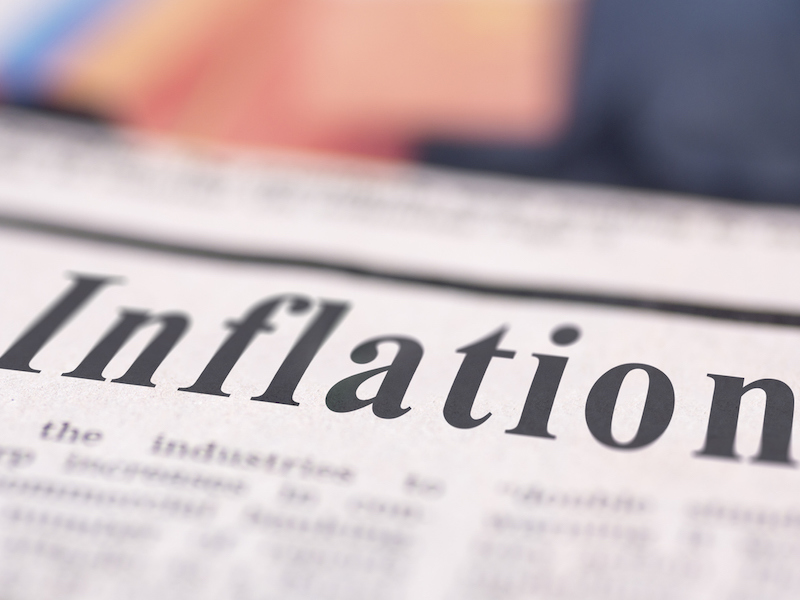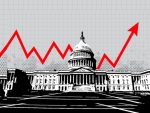
Weather-related shocks have different impacts on output, inflation, BIS finds

Weaker core inflation offsets rise in energy price pressures

Trade disruptions could threaten normalization of food inflation, grocery giant CEO says

A confluence of factors including a weak loonie to impact grocery prices, according to company's inflation report

Canada generally has a trade surplus with the U.S. when it comes to food

Stability in overall inflation conceals conflicting underlying trends

Loose financial conditions, tariffs are both potentially inflationary

Prices 30% higher than pre-pandemic levels, despite recent easing

Real GDP growth expected to strengthen in year ahead as price pressures ease

Declining energy prices drive rates down, core inflation easing too